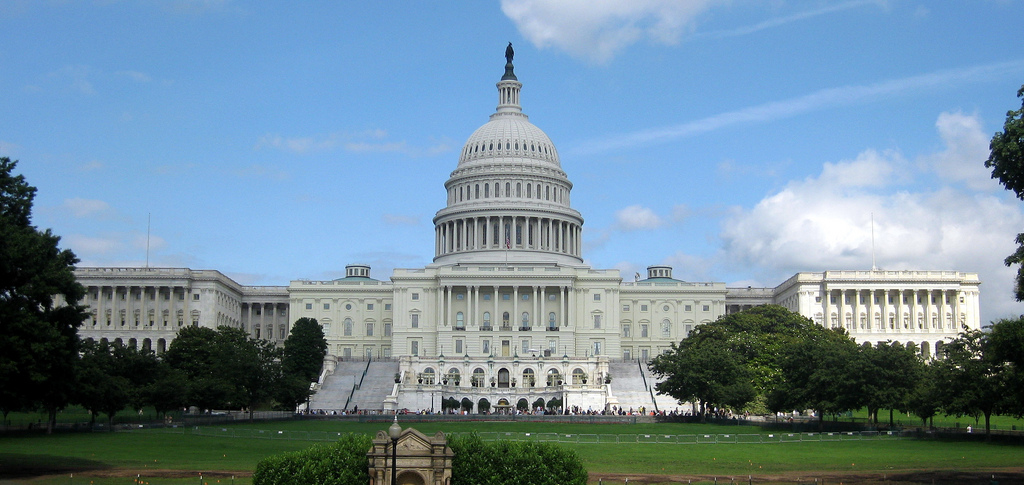President Joe Biden’s American Families Plan (AFP), released on April 28, proposes using $1.8 trillion in new federal spending for purposes such as childcare, education, healthcare and transfers to low-income households.
Of the $1.8 trillion dollars, $1 trillion would be spent on initiatives primarily related to education, whereas $800 billion would be spent on tax credits and transfers to qualifying households, such as the Child Tax Credit, health and nutrition programs, and extending the Affordable Care Act’s premium tax credit.
But while the plan suggests that new taxes on high-income households and changing IRS regulations can offset the new spending, a new report from the Penn Wharton Business Model found significant differences in what those figures would actually look like.
Some key figures from the report:
- According to PWBM estimates, over a 10-year window from 2022 to 2031, the AFP would cost Americans $2.5 trillion, marking an almost $700 billion difference in the cost first estimated by the White House.
- PWBM also estimates that over the same 10-year window, the AFP would raise $1.3 million in new tax revenue; nearly $480 billion of that revenue would come from new IRS tax collection practices.
- The effects of larger debt on the economy will overshadow the productivity gains that come with new spending programs. As a result, the AFP would raise the amount of government debt by nearly 5% and lower GDP by 0.4% by 2050.
In a press briefing Wednesday, PWMB Director of Policy Analysis Richard Prisinzano said his team was unsure where the White House had derived its GDP numbers from for its calculations.
“Taking our estimates and looking at theirs, we don’t show what they’re claiming,” he said. “We in good faith have estimated it and our numbers don’t add up to the way they’ve presented them.”
Economist Kent Smetters affirmed the PWBM’s findings, and emphasized that the added tax revenue would have to come from increased taxes at the state level. The AFP is ambitious in scope, but unless it can account for the difference in tax rates that the PWBM found, he said, it can’t help in the intended way.
Read the full reportThe PWBM also analyzed Biden-proposed American Jobs Plan’s potential long-term impact. Check out our breakdown of the breakdown.
Michael Butler is a 2020-2022 corps member for Report for America, an initiative of The Groundtruth Project that pairs young journalists with local newsrooms. This position is supported by the Lenfest Institute for Journalism.Before you go...
Please consider supporting Technical.ly to keep our independent journalism strong. Unlike most business-focused media outlets, we don’t have a paywall. Instead, we count on your personal and organizational support.
3 ways to support our work:- Contribute to the Journalism Fund. Charitable giving ensures our information remains free and accessible for residents to discover workforce programs and entrepreneurship pathways. This includes philanthropic grants and individual tax-deductible donations from readers like you.
- Use our Preferred Partners. Our directory of vetted providers offers high-quality recommendations for services our readers need, and each referral supports our journalism.
- Use our services. If you need entrepreneurs and tech leaders to buy your services, are seeking technologists to hire or want more professionals to know about your ecosystem, Technical.ly has the biggest and most engaged audience in the mid-Atlantic. We help companies tell their stories and answer big questions to meet and serve our community.
Join our growing Slack community
Join 5,000 tech professionals and entrepreneurs in our community Slack today!

The person charged in the UnitedHealthcare CEO shooting had a ton of tech connections

From rejection to innovation: How I built a tool to beat AI hiring algorithms at their own game

Where are the country’s most vibrant tech and startup communities?



